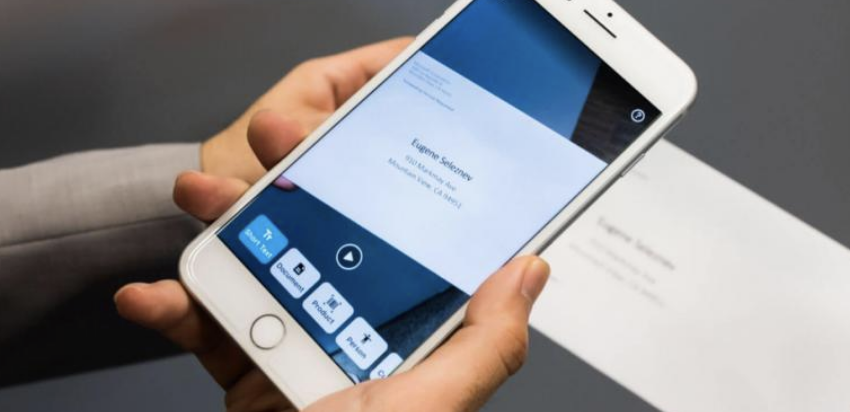11 Background: Employment and blind and partially sighted individuals (BPSI)
Background

The 2017 Canadian Survey on Disability reported 1.5 million people with a seeing disability, this represents 5.4% of the population over the age of 15 and 9.7% of the population over the age of 65 (Morris et al., 2018). The number of people living with a seeing disability is projected to double by 2031 (CCB, 2019).
Blind and partially sighted individuals (BPSI) face barriers to finding employment. These barriers may include inadequate training or experience, unsuccessful past attempts looking for work and accessibility issues (Bizier et al., 2016). Of these challenges, assistive technologies and training for these technologies have been noted as some of the main barriers (CCB, 2019). There is an urgent need to address employment barriers for BPSI. Particularly in the current digital age, where information and communication technologies (ICTs) can be visually biased.
References
Bizier, C., Contreras, R., Walpole, A. (2016). Seeing disabilities among Canadians aged 15 years and older, 2012. Statistics Canada Catalogue no. 89-654-X2016001.
The Canadian Council of the Blind (CCB). (2019). A Needs Report on Accessible Technology. Retrieved from The Canadian Council of the Blind Website: http://ccbnational.net/docs/A%20NEEDS%20REPORT%20(GCV)-april%2010-HR[1].pdf
CNIB Foundation. (2018, November). International Levels of Employment Study. https://cnib.ca/en/sight-loss-info/research/international-levels-employment-study?region=on
Morris, S., Fawcett, G., Brisebois, L., Hughes, J. (2018). A demographic, employment and income profile of Canadians with disabilities aged 15 years and over, 2017. Statistics Canada Catalogue no. 89-654-X2018002.

